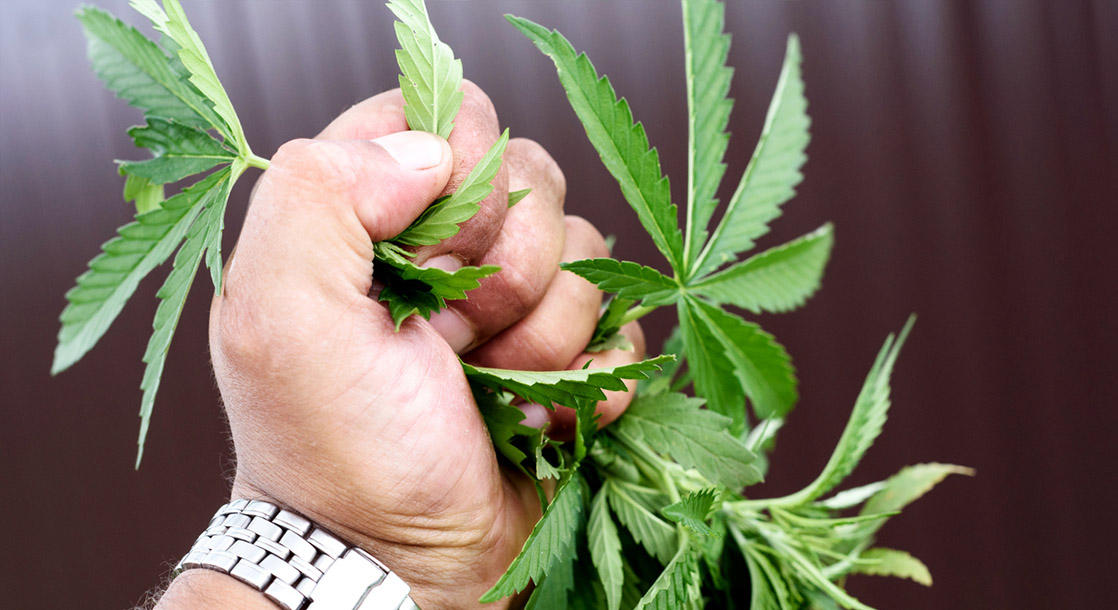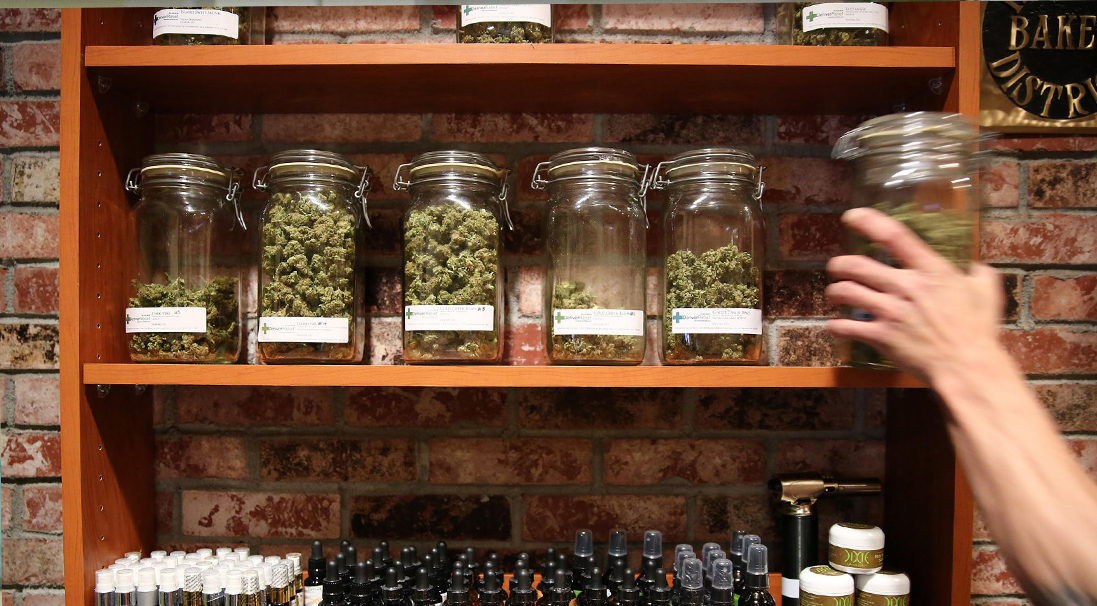Cover image via
The California Department of Fish and Wildlife (CDFW) seized and destroyed over 2.6 million illegally-grown cannabis plants last year in an ongoing attempt to defeat the state’s underground market.
Despite the incredible financial success of the Golden State’s cannabis industry, the black market continues to vastly outpace legal sellers. Since adult-use pot sales kicked off in 2018, federal, state, and local law enforcement have collaborated on hundreds of raids and destroyed millions of pounds of illegal flower. But California’s cannabis taxes and fees are so damn high, many farmers are still choosing to step outside the legal system in order to turn a far greater profit.
The CDFW also has its own cannabis enforcement division with 68 dedicated officers, who focus on illegal weed grows that cause serious environmental damage. “Some of the most serious environmental issues involve unauthorized streambed alterations with water diversions, habitat destruction, illegal use of pesticides and poaching,” the agency explained in a statement.
Over the course of 2021, fish and wildlife officials executed 1,125 search warrants on illegal farms. During these raids, officers seized and destroyed 2.6 million weed plants and nearly half a million pounds of illegally-grown dried flower. Nearly 800 firearms were also seized during these operations.
After conducting the raids, officers took steps to clean up some of the environmental damage caused by black market weed farms. An increasing number of West Coast grow-ops have been caught stealing water from public and private resources in recent years, putting an additional strain on a region plagued by droughts and wildfires. During their enforcement operations, CDFW officials removed 404 illegal water diversions linked to illegal grows.
Most illicit weed growers also cut costs by using deadly, federally-prohibited pesticides instead of expensive organic alternatives. These toxic chemicals have been poisoning wildlife and contaminating local waterways, and when growers abandon these sites, they generally leave behind large piles of toxic trash behind. In total, wildlife officials removed over 32,230 pounds of trash from grow sites on public lands last year.
Law enforcement raids have yet to contain the black market as a whole, but they have convinced many illicit growers to stop planting weed in national forests. In 2018, around 80 percent of illegal grow sites were set up on public lands. Last year, that percentage decreased to under 30 percent, as more and more growers have been convinced to move their operations onto private property.
“Illegal operators who are trying to bypass the legal system are a threat to California’s fish and wildlife resources, and a detriment to those legally cultivating cannabis,” said David Bess, CDFW Deputy Director and Chief of the Law Enforcement Division, in a statement. “Our wildlife officers did an exceptional job in providing public safety alongside our federal, state and county partners and I could not be prouder of their dedication and commitment to protecting the environment. Our year-end numbers are a testament to all their hard work throughout the year.”
The ongoing success of California’s black market, coupled with the extreme financial burden the state places on legal weed businesses, is bringing tensions to a head. Legal weed businesses are now discussing plans to withhold tax payments in protest of the state’s tax regime.











